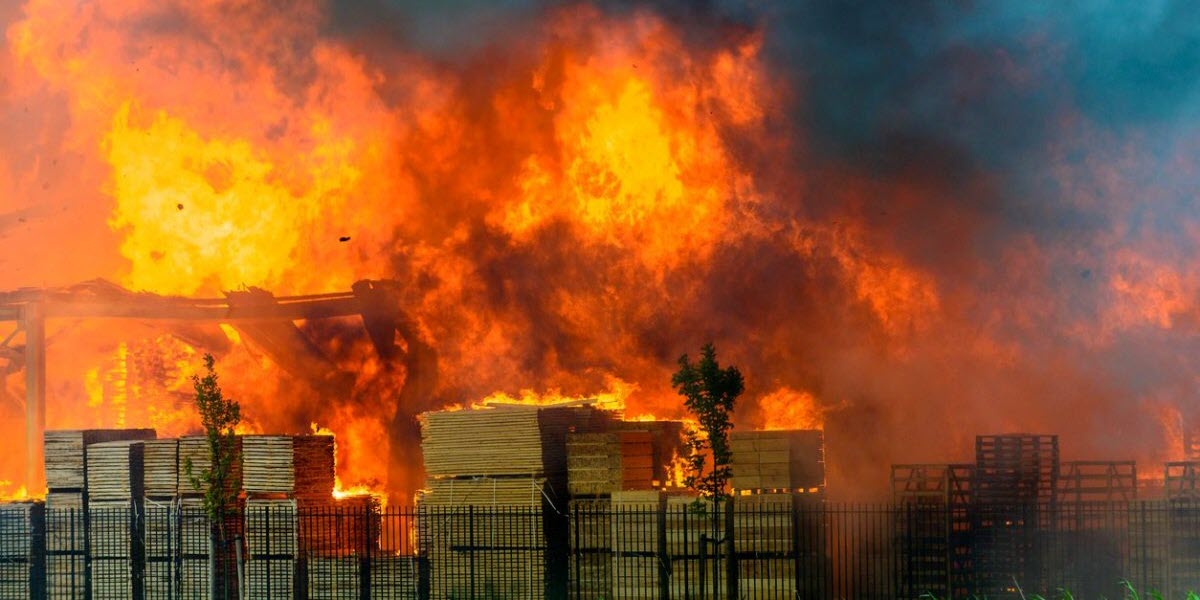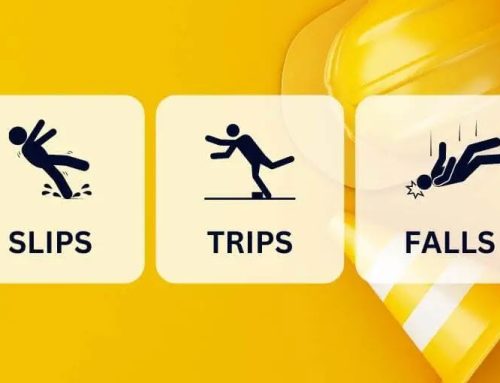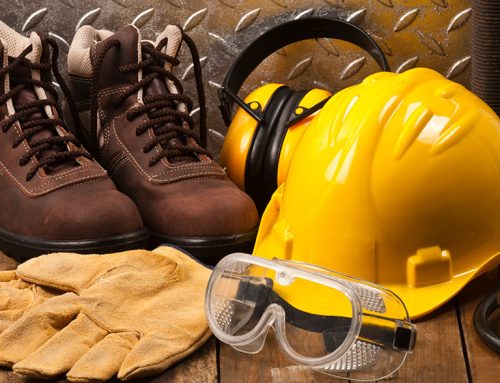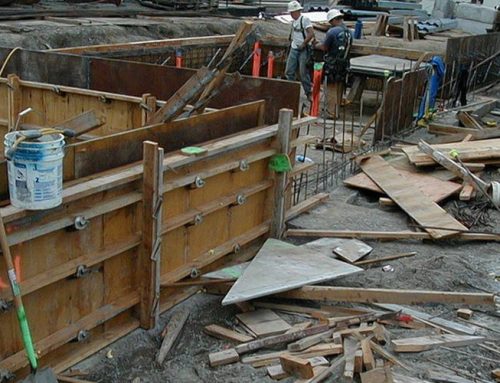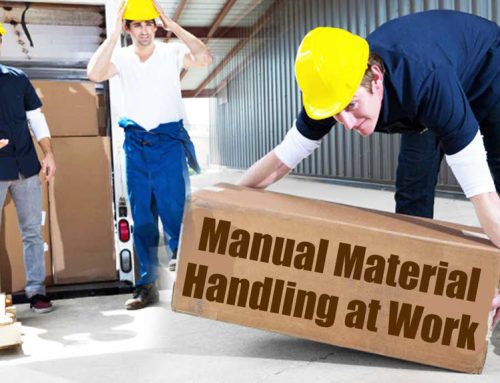What is a toolbox talk?
A toolbox talk is a short safety briefing covering a relevant topic related to a project or some work that is about to be carried out. It typically takes 5-10 minutes and provide awareness of relevant hazards for a given job and the controls to eliminate or reduce them. A toolbox talk is always conducted before the work starts.
Fire Toolbox Talk
Fire is something that we use as part of our daily life and is quite useful for a lot of things when controlled as for example a barbeque on a warm summer day. However, on occasions we can find ourselves in situations where fire is in a less controlled state, for example an electrical fire caused by a spark in an outlet. It is therefore essential knowing how to respond to avoid injury or severe damage that can be caused by fire. It is important to have measures in place to safely deal with a fire. A fire toolbox talk addresses the hazards related to fire risks in a workplace and outline what controls can be taken to reduce them.
Fires are not seen on a regular basis in a workplace and where they will occur cannot always be predicted. Because of that, fire hazards are typically not something at the top of workers hazard lists to look out for. Fact is that most of the time workers are likely to face other approaching hazards in their daily routines and due to this, fire hazard might sometimes be a bit overlooked.
The result of this kind of thinking, often ends up with a common misunderstanding that fire prevention is mainly someone else problem. In order to make them more engaged, we need to make the message e.g. a fire toolbox talk more personal for the employees and in a way, they can relate to. Here we can draw their attention towards staying safe, so that they can go home after each workday and take care of their family. One must bear in mind that workers will lose interest if they feel that the given topic does not apply to them directly.
If you need a provide a toolbox talk on fire safety, then our Fire Safety Toolbox Talk and Fire Extinguisher Toolbox Talk might be of interest to you.
How to Write an Efficient Fire Toolbox Talk?
In order to write an efficient fire toolbox talk, the supervisor must never forget the basics. Generally, fire creates three different forms of hazards which include heat, oxygen depletion and smoke. The fire toolbox talk must ensure that employees are clearly aware of these three hazards when a fire breaks out.
Similar to the types of hazards fire create there is also 3 elements that is required to ignite a fire and keep it going. In this regard, a simple model known as ‘The fire triangle’ can be used to learn about the dynamics of fire. It is an easy to remember approach, where the triangles three sides illustrate the required elements which are necessary to cause a fire. These are fuel, heat and oxygen. If one of them are removed, the fire will stop immediately or not be possible to ignite in the first place.
When we talk about fuel for a fire, then this is not limited to petroleum, oil, and similar which comes to mind when we hear the word fuel. In this perspective, fuel covers every combustible material such as oil, rubber, wood, paper, fabrics, etc.
In addition to the fuel, the presence of heat is required for a fire to ignite. When sufficient heat is present, any combustible materials will ignite and start to burn.
The last element and a lifeline for the fire to exists is Oxygen. There is around 21% of oxygen in a healthy environment and for combustible material to burn only 16% is needed.
An efficient fire toolbox talk should discuss by what means the fire triangle can be prevented or broken. The workforce should always be reminded of the fact that when any one of the three ingredients is removed, the fire will be prevented or extinguished. It should be made certain that employees are theoretically aware of the fire dynamics and have an understanding of how a fire can be prevented or stopped.
It is important to keep in mind that it is not allowed for the employees to use fire extinguishers or other firefighting equipment; except if their only escape route is blocked, or they are trained in use of the equipment. Hence, it is really important to know the different types of fires that can happen and the techniques that can be used to extinguish them in a safe manner. Using the wrong equipment or type of fire extinguisher could make the situation much worse.
If you need to provide a toolbox talk on fire safety, then our Fire Safety Toolbox Talk and Fire Extinguisher Toolbox Talk might be of interest to you.
Alternatively, if you are looking for a range of ready to deliver toolbox talks, then you might be interested in our toolbox talk packages which include range of toolbox talks at a cost effective price.

